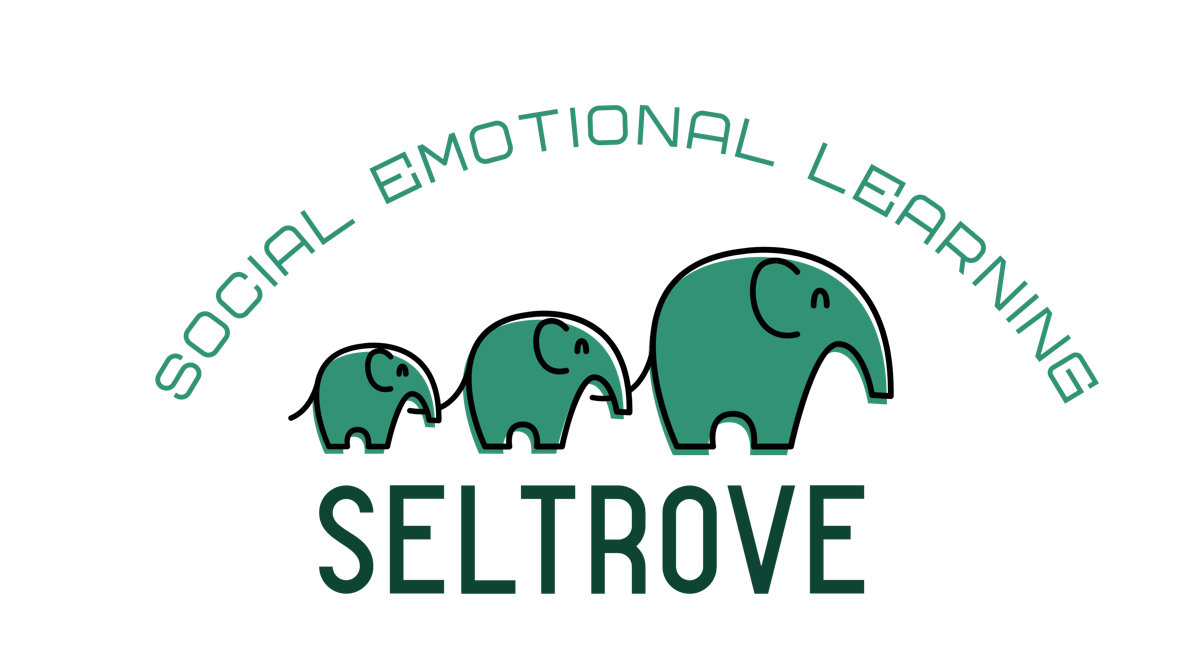In practice, classroom-management techniques may appear deceptively simple, but successfully and seamlessly integrating them into the instruction of students typically requires a variety of sophisticated techniques and a significant amount of skill and experience. While the specific techniques used to manage classrooms and facilitate learning can vary widely in terminology, purpose, and execution. (edglossary.org)
In a SEL-focused class…
- Students understand what is expected of them at all times.
- Students see their teacher consistently adhere to the expectations and consistently apply consequences.
- Students know the class routines and patterns.
- Students feel comfortable taking risks and making mistakes.
- Students know that even if there is a consequence for an action, they will never be hated, embarrassed or shamed.
